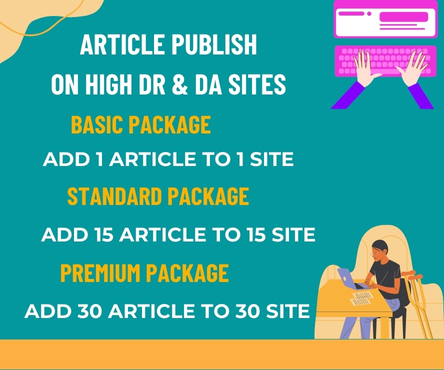In the digital age, a website serves as the face of a brand, making its visual appeal crucial for attracting and retaining visitors. A well-designed website not only captures attention but also enhances user experience, leading to higher engagement and conversion rates. This article explores the key elements that contribute to a visually appealing website in modern web design. https://weddingphotographerwebdesign.com/
1. Clean and Simple Layout
A clean layout is fundamental to effective web design. It allows users to navigate the site effortlessly, reducing cognitive overload. A simple design with ample white space helps to highlight important content and creates a sense of organization. By avoiding clutter, designers can guide users’ attention to key areas, such as calls to action or essential information.
2. Consistent Color Scheme
Color plays a significant role in evoking emotions and establishing brand identity. A consistent color scheme throughout the website creates a cohesive look that enhances brand recognition. When selecting colors, consider the psychological impact they may have on users. For instance, blue often conveys trust, while red can evoke excitement. Limiting the palette to a few complementary colors can create a harmonious visual experience.
3. Typography
Typography is more than just choosing a font; it’s about creating a visual hierarchy that enhances readability and guides users through the content. Selecting fonts that align with the brand’s personality is essential. For example, a tech company might opt for sleek, modern fonts, while a children’s brand may choose playful, rounded typefaces. Consistency in font sizes, weights, and styles across headings and body text contributes to a polished and professional appearance.
4. High-Quality Images
Visual content is a powerful tool for engagement. High-quality images, videos, and graphics can capture attention and convey messages more effectively than text alone. It’s essential to use images that are relevant to the content and resonate with the target audience. Additionally, incorporating custom graphics or illustrations can add a unique touch, making the website stand out from competitors.
5. Responsive Design
With the rise of mobile browsing, responsive design has become a necessity. A responsive website adapts seamlessly to various screen sizes, ensuring that users have a consistent experience whether they are on a desktop, tablet, or smartphone. This adaptability not only improves user satisfaction but also positively impacts search engine rankings, as search engines prioritize mobile-friendly sites.
6. Visual Hierarchy
Establishing a clear visual hierarchy is crucial for guiding users through the website. By using size, color, and placement strategically, designers can highlight important information and calls to action. For instance, larger fonts or contrasting colors can draw attention to key messages, while smaller text can be used for less critical information. This hierarchy helps users understand what to focus on first, improving overall navigation.
7. Engaging User Interface (UI)
An engaging user interface enhances interaction and keeps users on the site longer. Incorporating interactive elements such as buttons, sliders, and hover effects can make the experience more dynamic. However, it’s important to ensure that these elements are intuitive and easy to use. A well-designed UI not only captivates users but also encourages them to explore the site further.
8. Consistent Branding
Consistency in branding is vital for building trust and recognition. A website should reflect the brand’s personality and values through its design elements, including logos, colors, and messaging. By maintaining a unified brand experience, users are more likely to remember and return to the site. Consistent branding also reinforces the brand’s identity across various platforms, creating a cohesive presence.
9. Accessibility
Designing with accessibility in mind ensures that all users, including those with disabilities, can navigate the site effectively. This includes using alt text for images, ensuring sufficient color contrast, and providing keyboard navigation options. By prioritizing accessibility, designers can create an inclusive experience that caters to a broader audience, ultimately enhancing the website’s reach and impact.
10. Minimalist Design
In modern web design, a minimalist approach often proves to be the most effective. By focusing on essential elements and reducing distractions, designers can create a more engaging user experience. A minimalist design not only looks clean and sophisticated but also improves loading times, which is crucial for retaining visitors. Users are more likely to stay on a site that loads quickly and presents information clearly.
Conclusion
Creating a visually appealing website in modern web design requires a thoughtful approach that prioritizes user experience, consistency, and accessibility. By incorporating elements such as a clean layout, cohesive color schemes, engaging typography, and high-quality visuals, designers can craft websites that not only attract visitors but also keep them engaged. In a competitive digital landscape, investing in a visually appealing website is essential for any brand looking to make a lasting impression.

